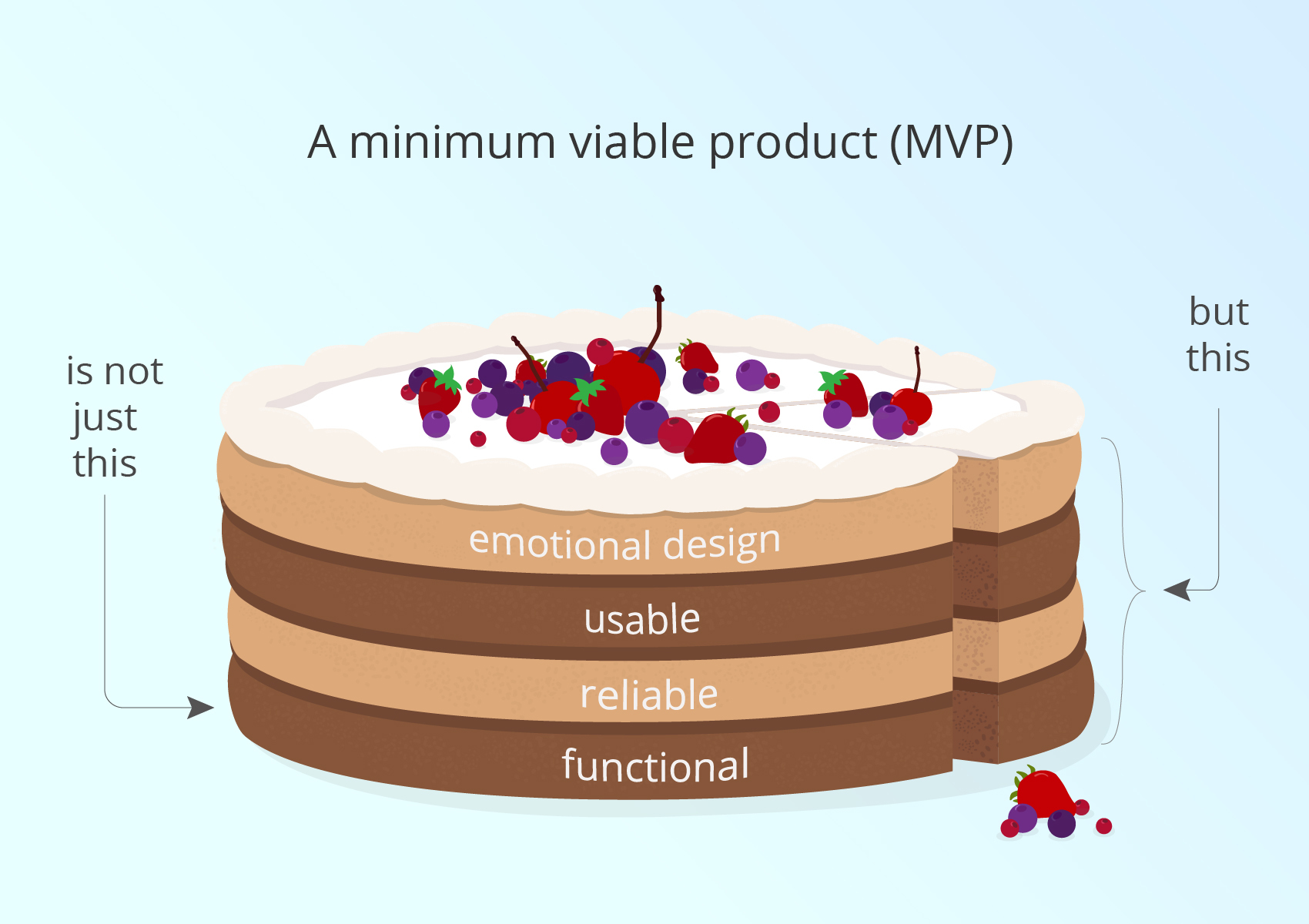How to Ensure the Desired Outcome of IT Outsourcing

A high quality product or service is a bare minimum that a company should offer. If it means to gain the customers’ loyalty and acquire new customers, it must provide an appropriate experience.
For example, overlooking the ‘experience’ side of software products and websites is one of the reasons why many MVPs fail. Concentrating exclusively on the required outcome, a development team risks delivering an experience that nobody wants. When asked ‘What is client satisfaction?’, that icing on the cake may be the right metaphor.

Every software product development should start with questions about the product’s target audience, such as:
-
-
What tools are the end-users currently using?
-
-
-
What challenges do they face?
-
-
-
What are their pain points?
-
-
-
What software solutions can make their lives easier or make/save them money?
-
-
How do they measure success?
… and so on. However, software development outsourcing services providers are facing a double challenge. Firstly, they have to create a valuable product or service for the end-users. Secondly, they must ensure the clients’ desired business outcomes of projects and ongoing services.
Ways to Ensure the Desired Outcome of Offshore Software Development
A client’s desired outcome of custom software development is similar to Chinese boxes or matryoshka dolls. The outsourcing services provider must have a thorough understanding of the end-users’ requirements. They must align the development process and project management with the client’s business objectives and limitations like a budget or time-to-market. Finally, the client should get a positive experience as a customer of a foreign company.
Although cost reduction is one of the common purposes of offshore software development, it doesn’t mean that clients have to put up with a poor customer experience. The following recommendations should help you derive greater value from software development outsourcing.
1. Due diligence and preparation before signing a contract
You need, first and foremost, a clear understanding of your desired outcome of outsourced software development. Make sure your business objectives and other conditions are clear to the outsourcing services provider. A joint written goal statement by both parties would be helpful. Define customer requirements for the product and formalize them. If market research was conducted, provide the data to the contractor.
Take your time learning about each of the outsourcing partnership and pricing models available. Choose one that sustains a balance between the functional requirements, your business needs, timeliness, and budget.
An effective outsourcing relationship requires the right people on both sides. A customer-first mentality should be ingrained into the entire culture of every software outsourcing company. Nevertheless, insist on having for your project staff with the right skills that understand your customers’ needs and business.
2. Optimal price/quality ratio
A few years ago, many businesses in Western Europe were turning to South Asia to cut costs. It’s not regarded as an ideal option any longer; nearshoring looks preferable. Experienced buyers who have outsourced software development many times generally recommend discarding the highest-priced and lowest-priced bids. For a successful project, the services provider should offer a balance of reasonable price and sufficient quality.
3. A good contract
Read the various clauses and stipulations in the contract carefully. However, if you plan on looking up a 500-page document every time something goes wrong, it won’t work. Boil the deal down to ten pages (or less) so that all participants know what is expected of them from A to Z.
Management of the contract must be conducted in an ordered and disciplined way. Since benchmarking is often frowned upon by contractors, it’s better to use that along with other indicators. If it’s seen as an incentive to improve relationships between the client and the software outsourcing company, it can be valuable for both and used over the life of the contract.

4. Open and honest communication
Our experience shows it’s extremely beneficial to know the customer personally. Poor communication obviously increases the odds of failure. Both parties must have effective communication at all levels. Your leadership must be involved from the onset and kept in the loop on the contractor’s performance. You should have access to their top managers too.
Get acquainted with the development team: putting faces to the names will help both parties develop a rapport and lay a foundation for clear guidelines and expectations. If all are open and honest with each other, issues that arise may be resolved promptly. A good relationship also smoothes out the impact of unplanned changes.
The contractor should be able to challenge your idea if they feel it jeopardizes the desired outcome of the project. Learn to rely on them. Having a wealth of experience in outsourced software development, they can suggest software solutions and improvements in ways you might not have considered.
5. Exit strategy for your company
Even the best outsourcing relationships will end someday. A handover process agreed at the start should prevent problems down the road. It’s essential to allow a reasonable period for a transition and education of a new software development services provider.
To Recap
Do not choose outsourcing services providers based solely on cost. Before signing a contract, take your time to learn about the software outsourcing company and the available options. Clearly formulate and communicate your needs and requirements and invest in effective contractor-customer relationships. A good contract plus planning ahead should make your outsourcing experience as smooth as possible.
During custom software development, the services provider must meet two sets of requirements and ensure two positive customer outcomes. Knowing what their desired outcome is, it’s always our ambition to exceed the expectations.
Content created by our partner, Onix-systems.
 Home
Home